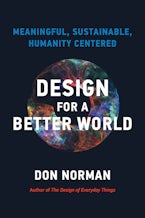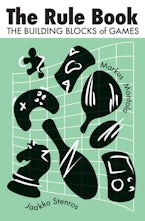Alexandra Midal is an independant curator, film essayist, Professor of history and theory of design at HEAD–Genève, and Head of theory at ENSCI–Les Ateliers Saint-Sabin, Paris. Former director of the Regional Contemporary Art Funds of Haute-Normandie (FRAC) and a former assistant to the artist Dan Graham for public commissions, her research is situated at the intersections of design, art, politics, and cinema.
Michelle Millar Fisher, a curator and architecture and design historian, is Ronald C. and Anita L. Wornick Curator of Contemporary Decorative Arts at the Museum of Fine Arts, Boston. She lectures frequently on design, people, and the politics of things.












